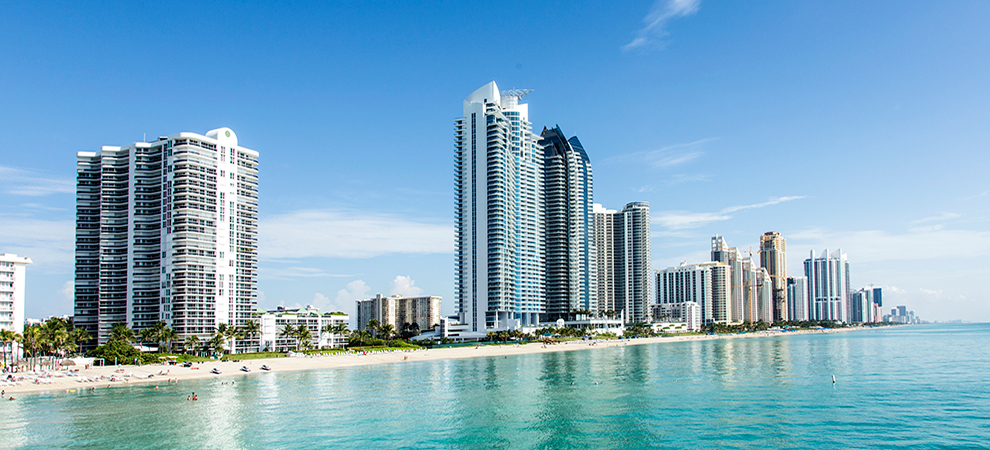How HOA Condo Living Enhances Neighborhood Involvement
How HOA Condo Living Enhances Neighborhood Involvement
Blog Article
The Role of an HOA in Establishing and Enforcing Area Guidelines for Citizens
The duty of a Homeowners Association (HOA) in imposing and developing community guidelines is essential to keeping a organized and cohesive property environment - hoa condo. By developing clear rules that govern aspects such as residential property upkeep and neighborhood conduct, the HOA not just sets standards for citizens however likewise cultivates a feeling of belonging and accountability. The application of these guidelines can provide different difficulties, increasing concerns regarding community, fairness, and interaction interaction. As we explore these complexities, it comes to be noticeable that the influence of an HOA prolongs far beyond mere regulation enforcement.
Understanding Homeowners Organizations
Homeowners associations (HOAs) function as regulating bodies for residential areas, playing a vital role in keeping home worths and promoting a feeling of neighborhood. Typically developed by developers, HOAs are made up of homeowners within an assigned location who choose a board to oversee the organization's tasks. The main functions of an HOA include applying community policies, handling common locations, and organizing community events.
HOAs run under a collection of controling files, consisting of problems, constraints, and covenants (CC&R s), which detail the civil liberties and responsibilities of house owners. These laws aim to guarantee that properties are maintained to a specific requirement, consequently shielding the aesthetic appeal and overall value of the neighborhood. Furthermore, HOAs commonly accumulate charges from homeowners to money upkeep, landscape design, and various other area solutions.
The visibility of an HOA can significantly influence the living experience within a neighborhood (hoa condo). While some residents appreciate the structured setting and services provided, others might locate particular laws limiting. Balancing the rate of interests of all property owners is vital for an HOA to work efficiently, making sure that it serves its intended purpose of boosting area living while appreciating private property owner rights
Developing Area Standards
To start, an HOA ought to carry out surveys or hold meetings that allow residents to articulate their problems and pointers. This participatory procedure promotes a sense of ownership and increases conformity. Next off, the HOA board must assess the responses to identify usual styles and top priorities that require official inclusion in the guidelines.
It is likewise necessary to ensure that the standards are clear, succinct, and quickly comprehended. Ambiguities can bring about conflicts and misconceptions, weakening the purpose of the standards. Additionally, the guidelines must be extensive, covering various facets of community living, consisting of building maintenance, sound levels, and use typical locations.
Enforcement of Regulations
Efficient enforcement of area guidelines is critical for preserving order and ensuring that all citizens stick to the established standards. An HOA has to execute an organized approach to implement these laws, which typically entails a combination of tracking, interaction, and penalties for non-compliance.
First, routine assessments and community patrols can help determine offenses, ensuring that guidelines are continually used across the neighborhood. This positive surveillance permits the HOA to address problems before they intensify, cultivating a feeling of accountability among locals.
2nd, clear interaction is crucial. Residents ought to be notified of the policies and the treatments for reporting offenses. An open line of interaction urges homeowners to voice concerns and look for clarification on guidelines, which can enhance compliance.

Finally, when infractions happen, the HOA should impose consequences as outlined in the controling papers. This may include warning letters, fines, or, in severe cases, lawsuit. It is very important that fines are used relatively and regularly to maintain trust within the area. By successfully imposing guidelines, an HOA can grow an unified living atmosphere that mirrors the cumulative worths of its citizens.
Benefits of HOA Regulations
Countless benefits arise from the implementation of HOA laws, which offer to boost the high quality of life within a neighborhood. One primary advantage is the upkeep of property worths. By applying criteria for aesthetics and upkeep, HOAs ensure that read the article homes and common locations stay appealing, cultivating a desirable living environment that can bring about boosted home values in time.
In addition, HOA guidelines promote uniformity and uniformity within the community. This coherence in layout and upkeep assists to create a sense of belonging amongst residents, adding to area pride and a positive atmosphere. Developed standards assist in conflict resolution among next-door neighbors by providing clear expectations and protocols for behavior, thus lessening conflicts.
Another substantial advantage is the stipulation of common amenities and solutions. Many HOAs handle area facilities such as clubhouses, pools, and parks, which boost recreational opportunities for homeowners. These facilities not just enhance the lifestyle however also urge social interaction.
Inevitably, the laws stated by an HOA cultivate an efficient, harmonious community, making sure that citizens take pleasure in a high requirement check out here of living while fostering a supportive environment for all home owners.
Typical Challenges Dealt With by HOAs
In the middle of the advantages that house owners organizations (HOAs) can provide, they also encounter a variety of obstacles that can prevent their efficiency. One substantial issue is the lack of resident engagement. Numerous house owners might not take part in conferences or community activities, bring about a disconnect between the HOA board and residents. This disengagement can cause misconceptions about community standards and an absence of assistance for enforcement initiatives.
Disputes can develop when residents really feel that enforcement is irregular or prejudiced, possibly leading to conflicts within the neighborhood. Additionally, HOAs commonly encounter economic restraints, which can limit their capability to preserve common areas or fund neighborhood tasks.
Furthermore, browsing lawful complexities can be intimidating for HOAs. They must guarantee conformity with state legislations while managing their very own controling files, which can be a source of complication. Lastly, evolving and changing demographics neighborhood needs call for HOAs to adapt their guidelines, typically fulfilling resistance from long-lasting citizens who are accustomed to typical standards. Addressing these obstacles is important for promoting a harmonious and growing neighborhood.
Conclusion

By formulating clear regulations that regulate elements such as residential property maintenance and area conduct, the HOA not only sets requirements for residents but likewise promotes a feeling of belonging and responsibility.Homeowners organizations (HOAs) offer as regulating bodies for property communities, playing a critical function in maintaining property values and fostering a sense of neighborhood. Several home owners might not take part in conferences or community tasks, leading to a separate between the HOA board and residents. Transforming demographics and advancing community needs require HOAs to adapt their guidelines, often meeting resistance from enduring citizens who are accustomed to conventional standards. Via the growth of clear regulations and consistent enforcement, HOAs advertise home maintenance, community pride, and trust amongst see here residents.
Report this page